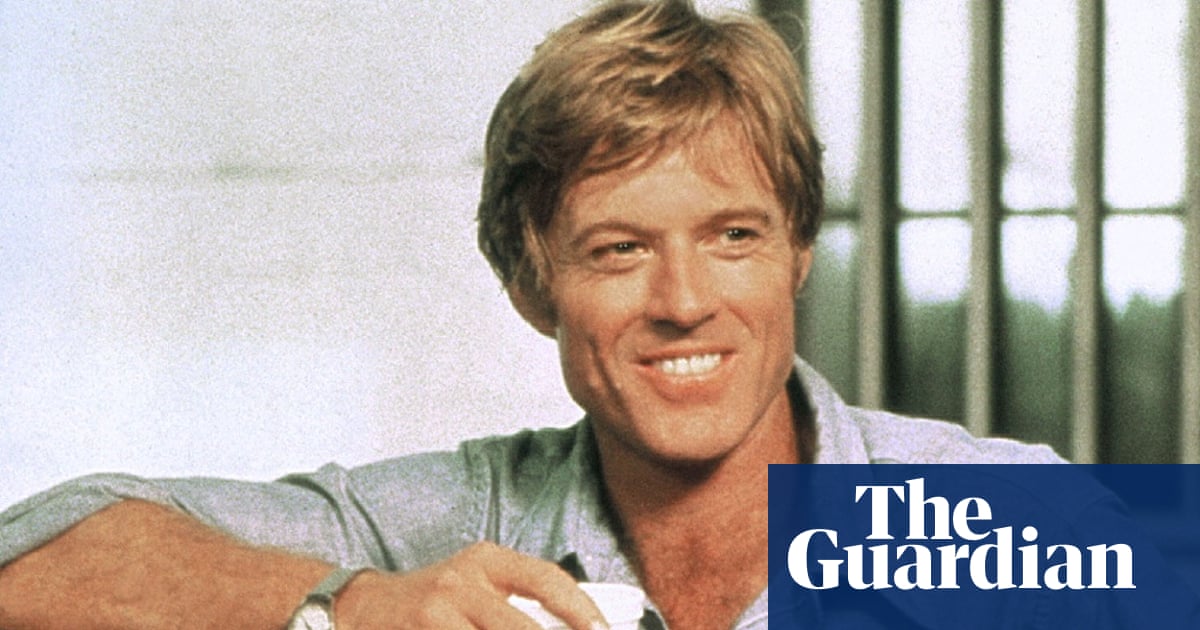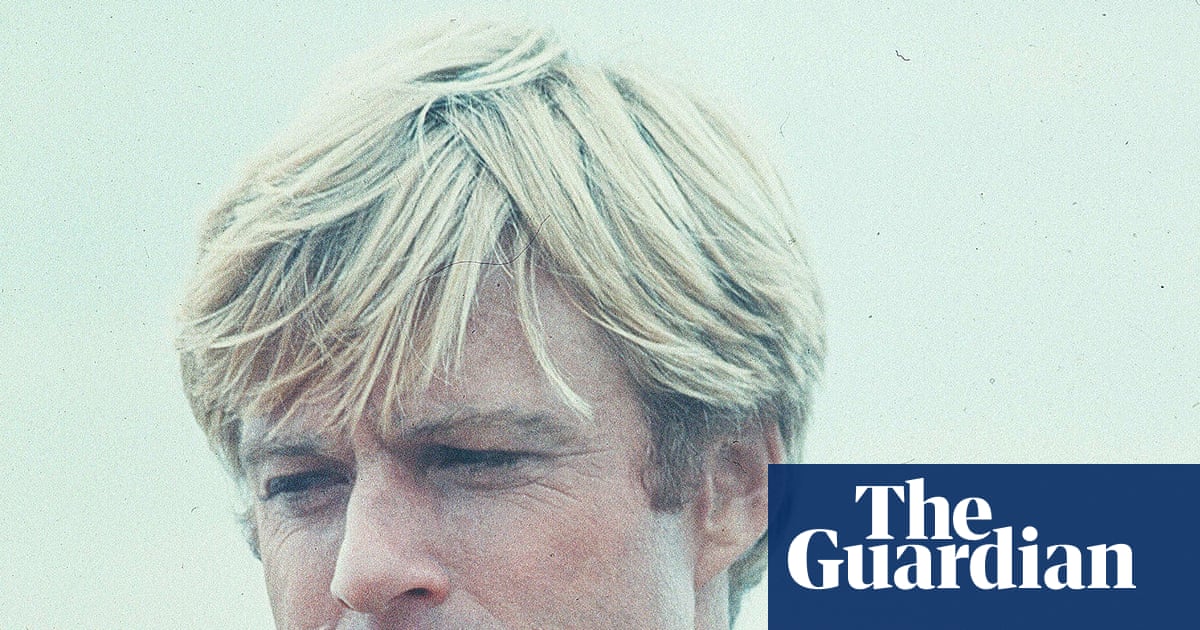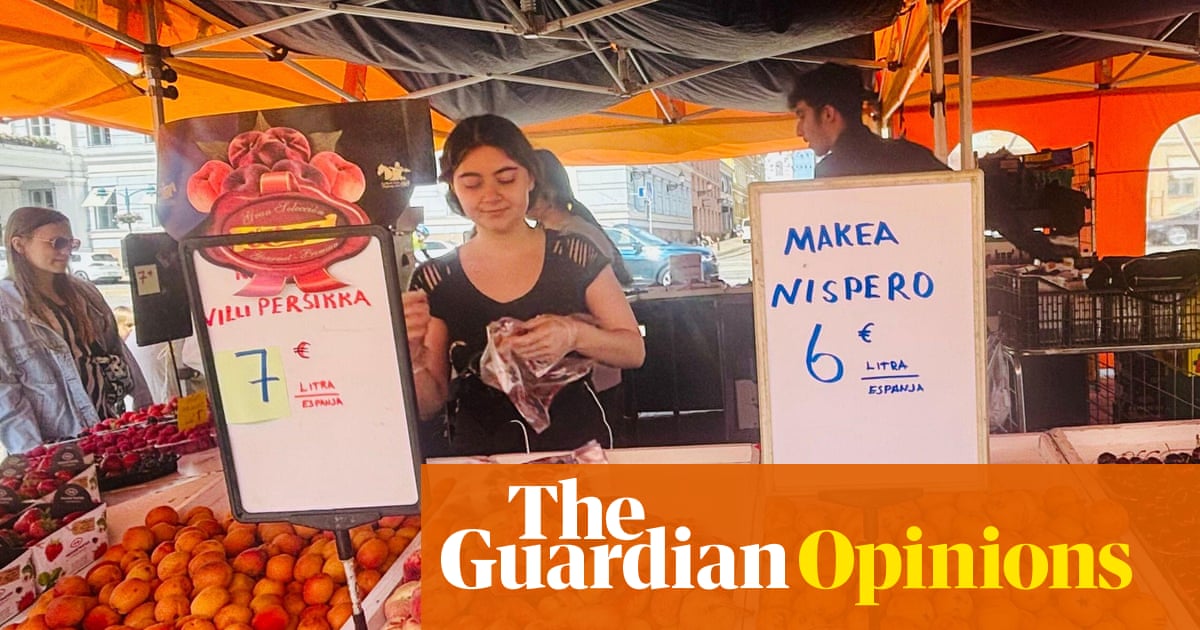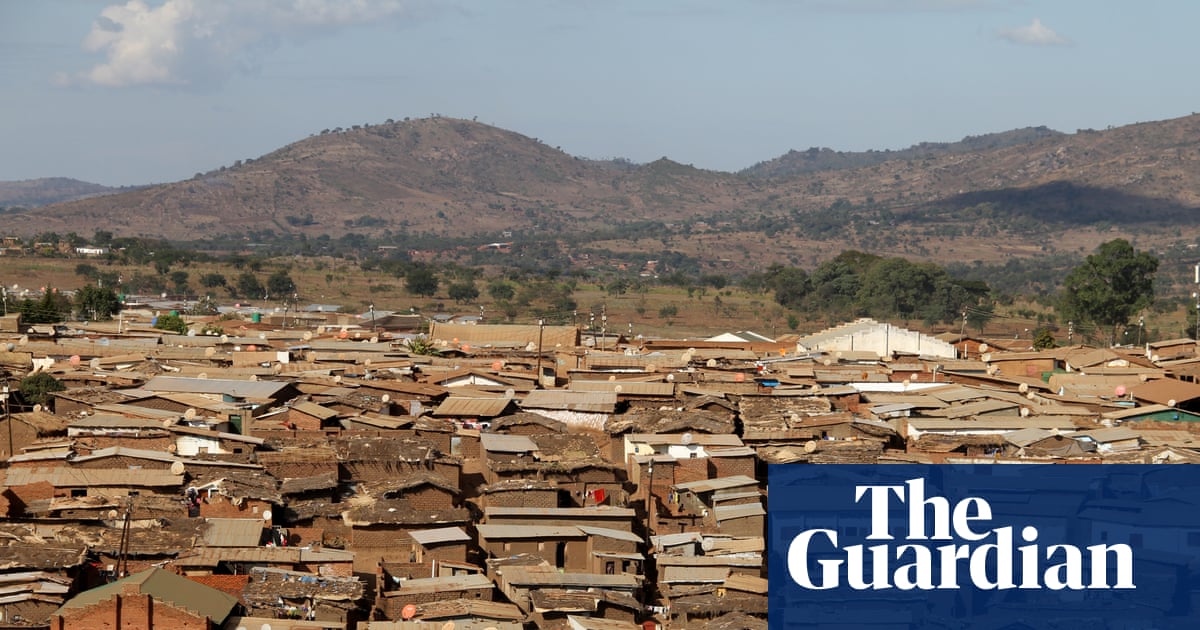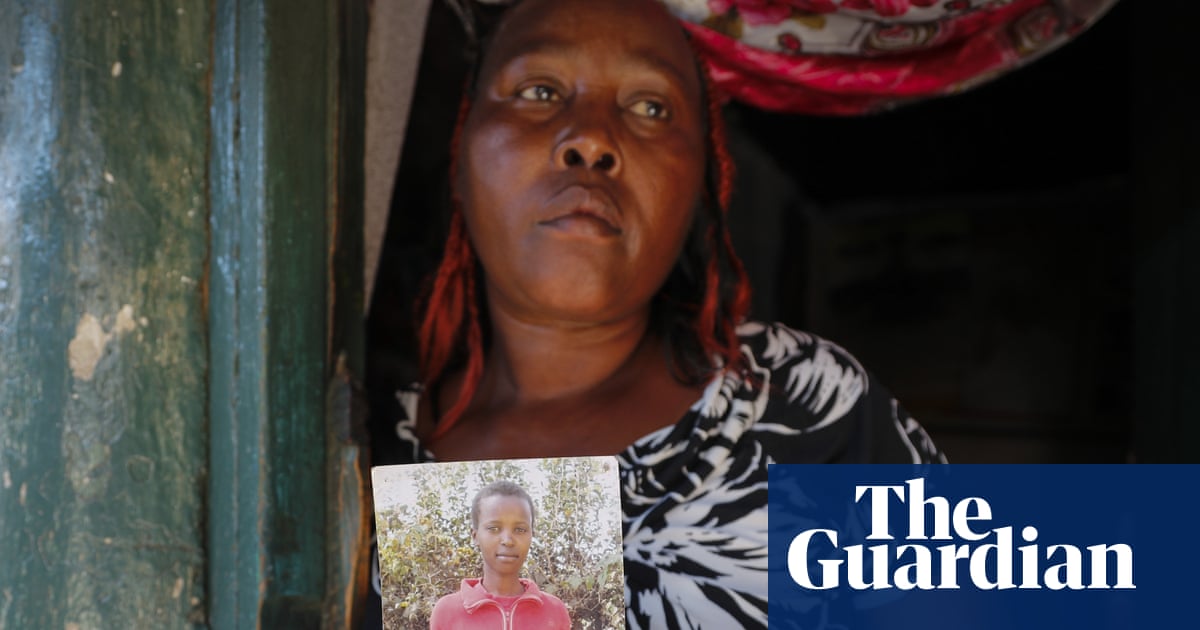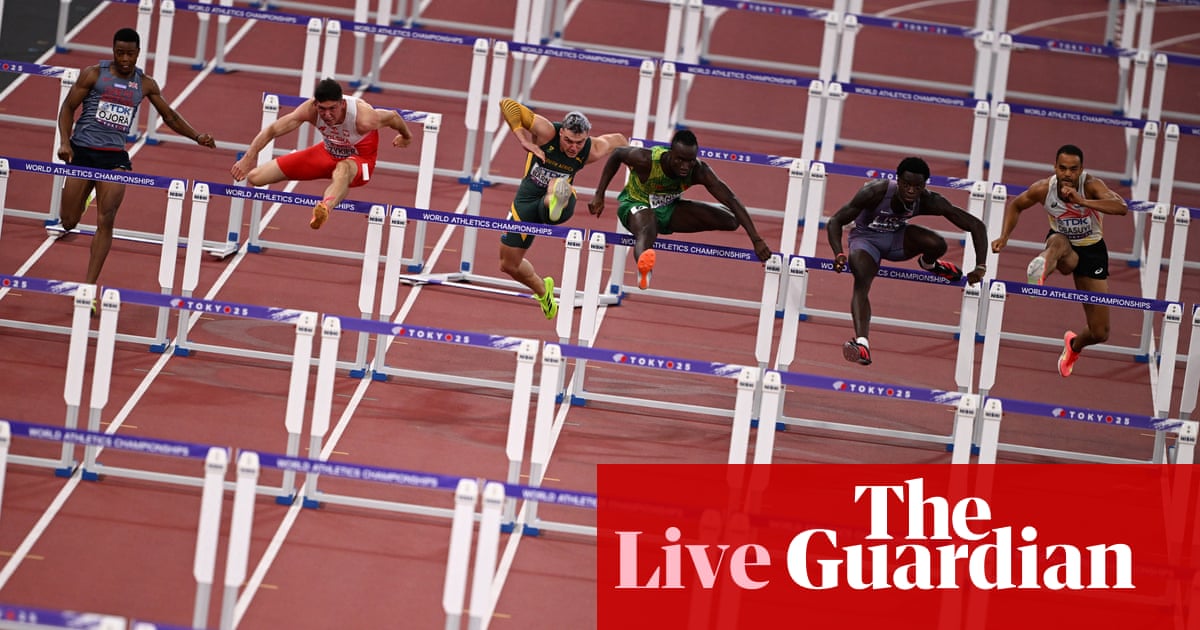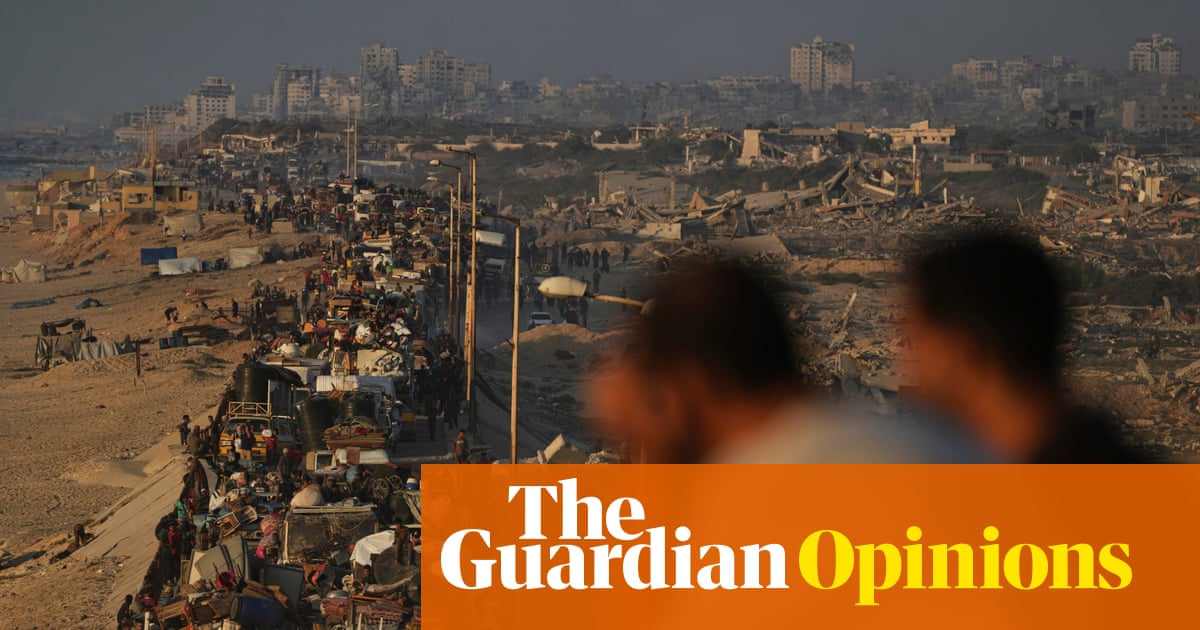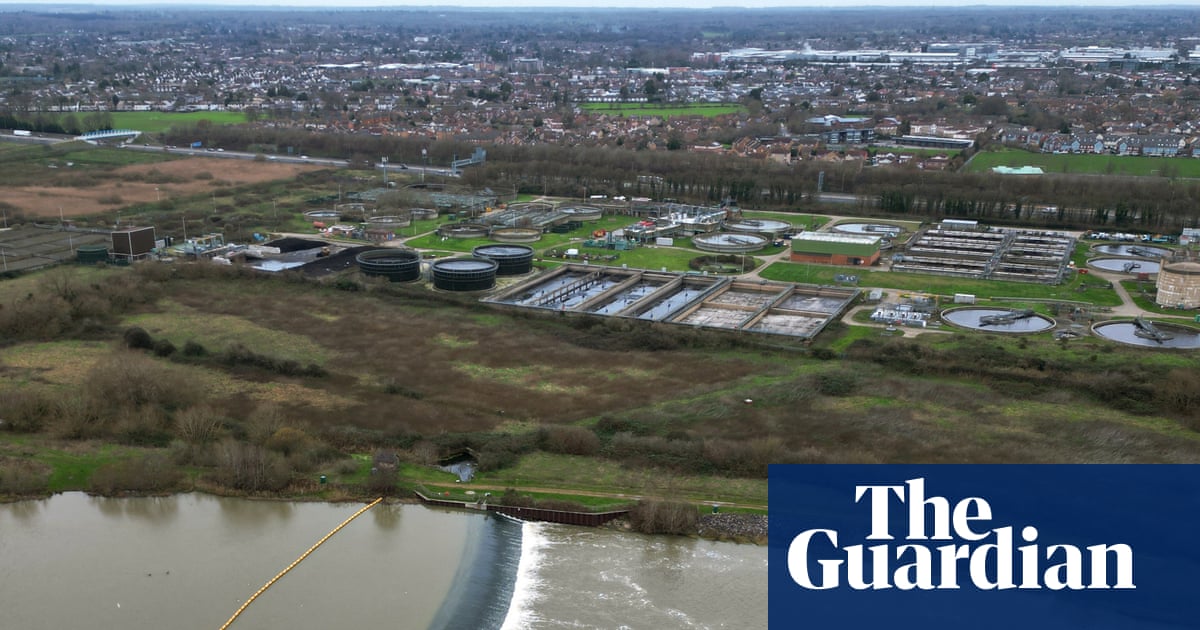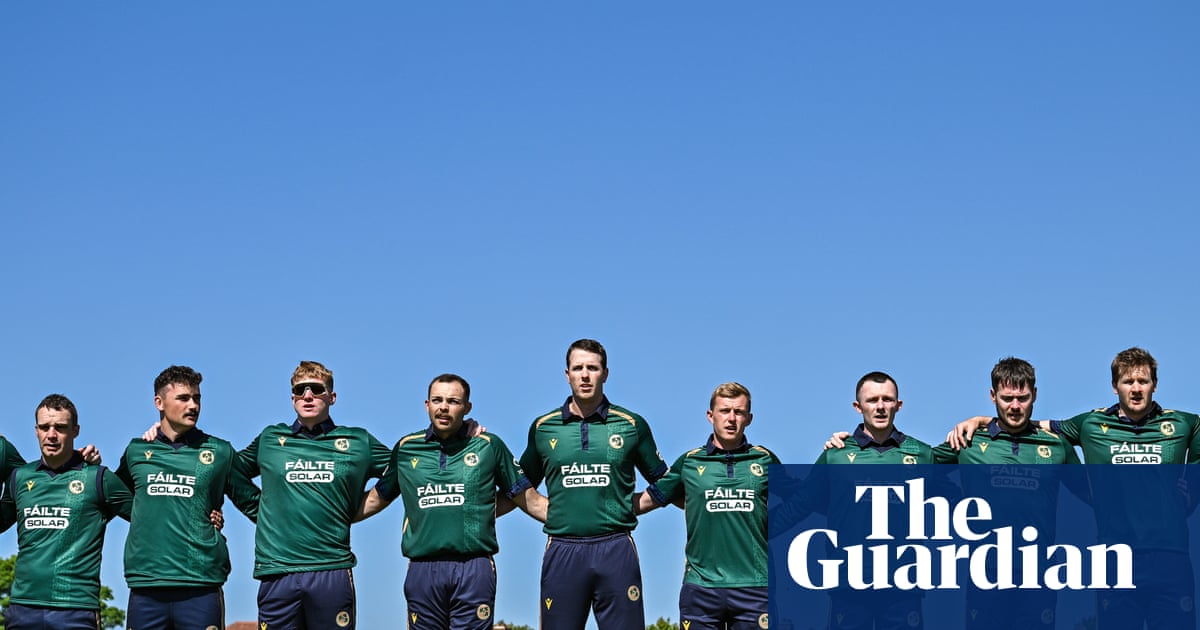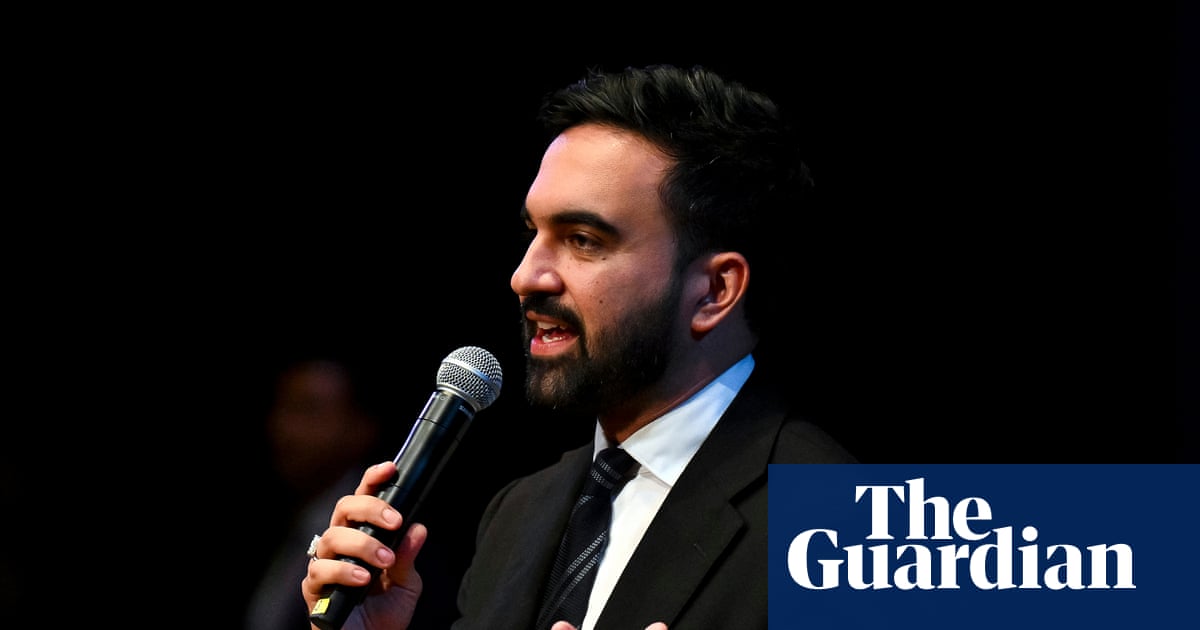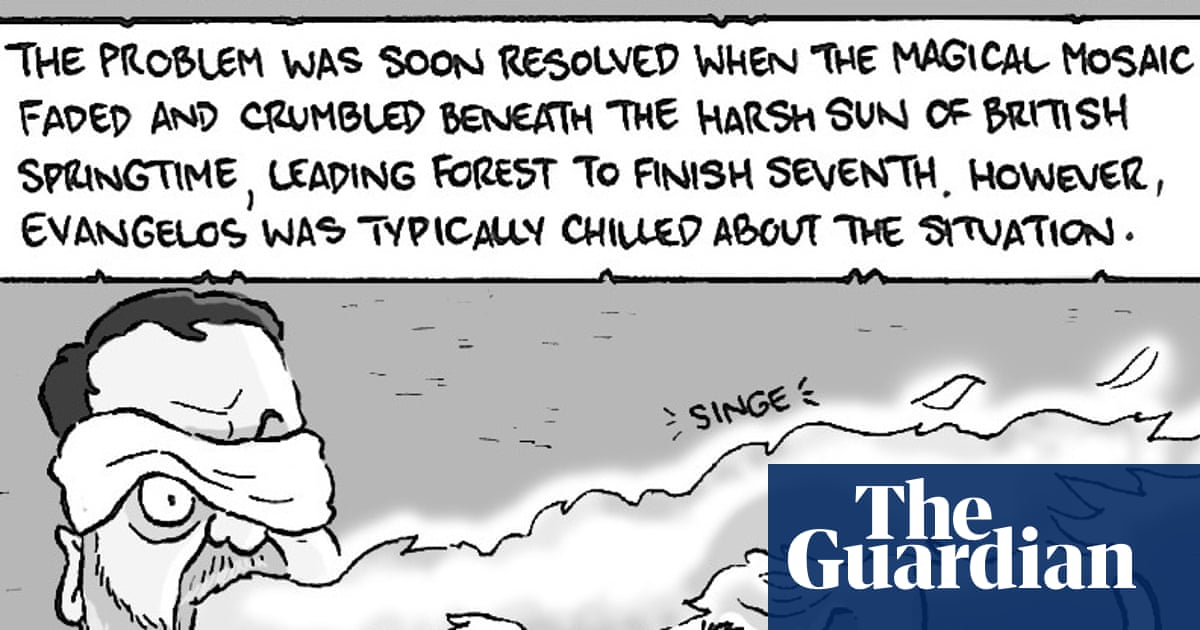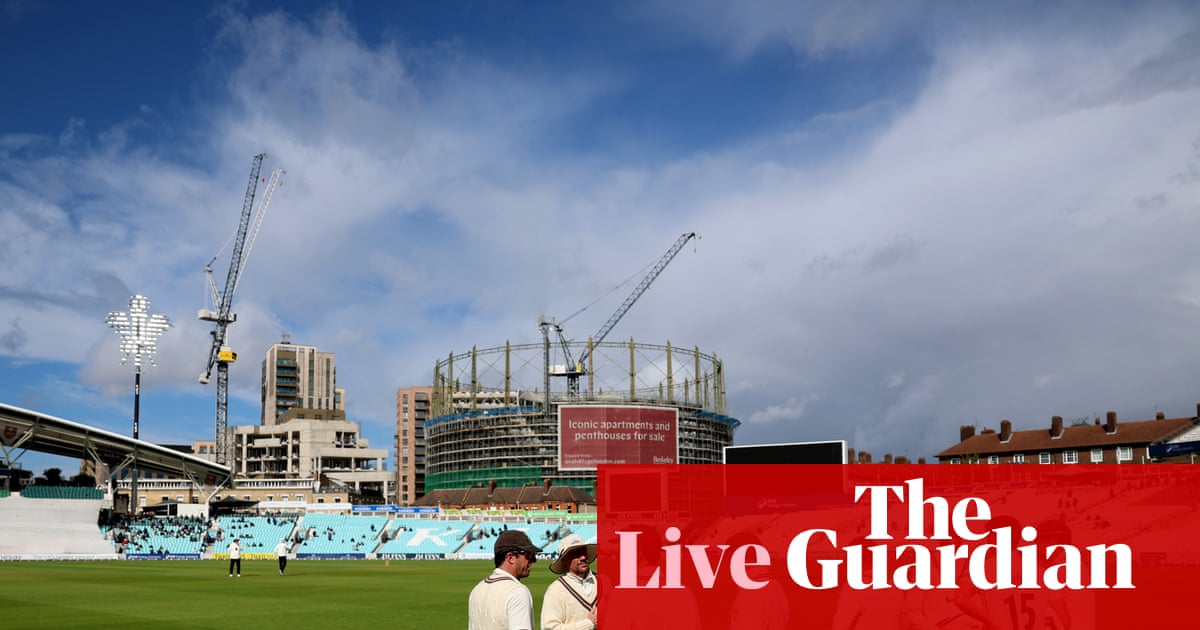About as inside-baseball for visual arts as you can get, Mariano Llinás’s three-part portrait of Argentinian art collective Mondongo is knackering, infuriating and, infuriatingly, often brilliant – especially in its more sincere second instalment. The film nominally tries to document Mondongo’s 2021 Baptistery of Colours project, in which the artists catalogued the chromatic spectrum with plasticine blocks inside a dodecahedron chapel. But it quickly snowballs into Llinás’s own scattershot inquiry into colour and portraiture, a tone poem that ceaselessly interrogates its own tones, a crisis of faith about representation, and – as he falls out with artists Juliana Laffitte and Manuel Mendanha – a droll depiction of a director’s nervous breakdown.
As Laffitte lets fly at him at one point, Llinás can never resist the urge to interrupt with his latest brainwave. By quoting one critic referencing his previous 13-hour portmanteau from 2018, the director pre-empts any criticism of the almost five-hour work in front of us: “You get the feeling he doesn’t know what to do next, and the solution he’s found is to autodestruct.” But this impish postmodernism quickly darkens in the Triptych’s first part, titled El Equilibrista (The Tightrope Walker); soundtracking Mondongo’s colour classification to bursts of music from Psycho and Vertigo, he seems disturbed by their quest to break down art into its constituent elements. This strand alternates with another in which an art historian attempts to document Mondongo’s process; both are constantly intercut with excerpts of Llinás’s documentary script, him revealing the canvas on which he is daubing his own strokes.
Llinás redeems this lugubrious introduction in the second part, Retrato de Mondongo (Portrait of Mondongo), which begins with him pitching the film to Laffitte and Mendanha as a duel about their respective ideas of colour. His extends the emotional pitch to the elements from which film is constructed, like the stabs of Bernard Herrmann, or his own incorrigible addiction to metatextuality.
But as he digs himself in deeper – redramatising his arguments with Mondongo, inflicting on us the writing of a long prose poem about his aesthetics – something breaks. Laffitte dresses him down about his egoism, saying it amounts to a form of “evil”. He sheds a solitary tear. Lost in midlife “tempest” about how to best represent reality, he admits nostalgia for “feverish nights” with Mondongo in the early 2000s, when he shared their sense of purpose. (Their portraits in plasticine, wood and other materials are indeed very beautiful.) It turns out the arch-maximalist pines for the simplicity of la bohème.
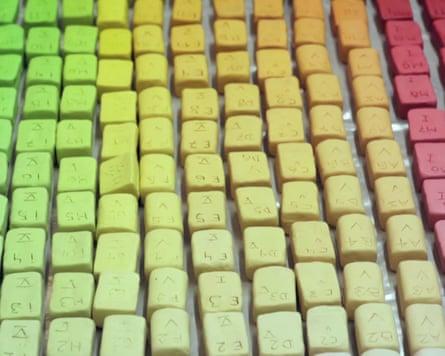
Alas, this Argentinian size queen can’t just leave it there. He has to give us part three, Kunst der Farbe (named for the 1961 manual on colour by Johannes Itten that inspired Mondongo’s project). Adding the proviso that it is his unfinished contribution to the duel, he’s right about it being a failure. Broken down into eight colour-coded subsections with pretentious titles such as Green or the Conclave of the Ancient Plant Bishops, most are pedantic montages with little insight into the hue in question. Llinás hams it up as a monocled Fritz Lang majordomo overseeing the farrago but this adds little; only traditional documentary-style commentary from his colourist offers any worthwhile perspective.
If nothing else, the third part serves as a reminder that form can never divest itself entirely of content. Jokey deconstruction of directorial megalomania though it may be, The Triptych of Mondongo is compelling only when Llinás gets candid about his insecurities. But the buffoonery does have the odd moment: his cameraman Agustín – the Sancho Panza to this rainbow-dazzled Quixote – repeatedly screaming “I represented Argentina well!” as their hound barks along sums up this art-theory dog’s dinner.

.png) 3 months ago
30
3 months ago
30
